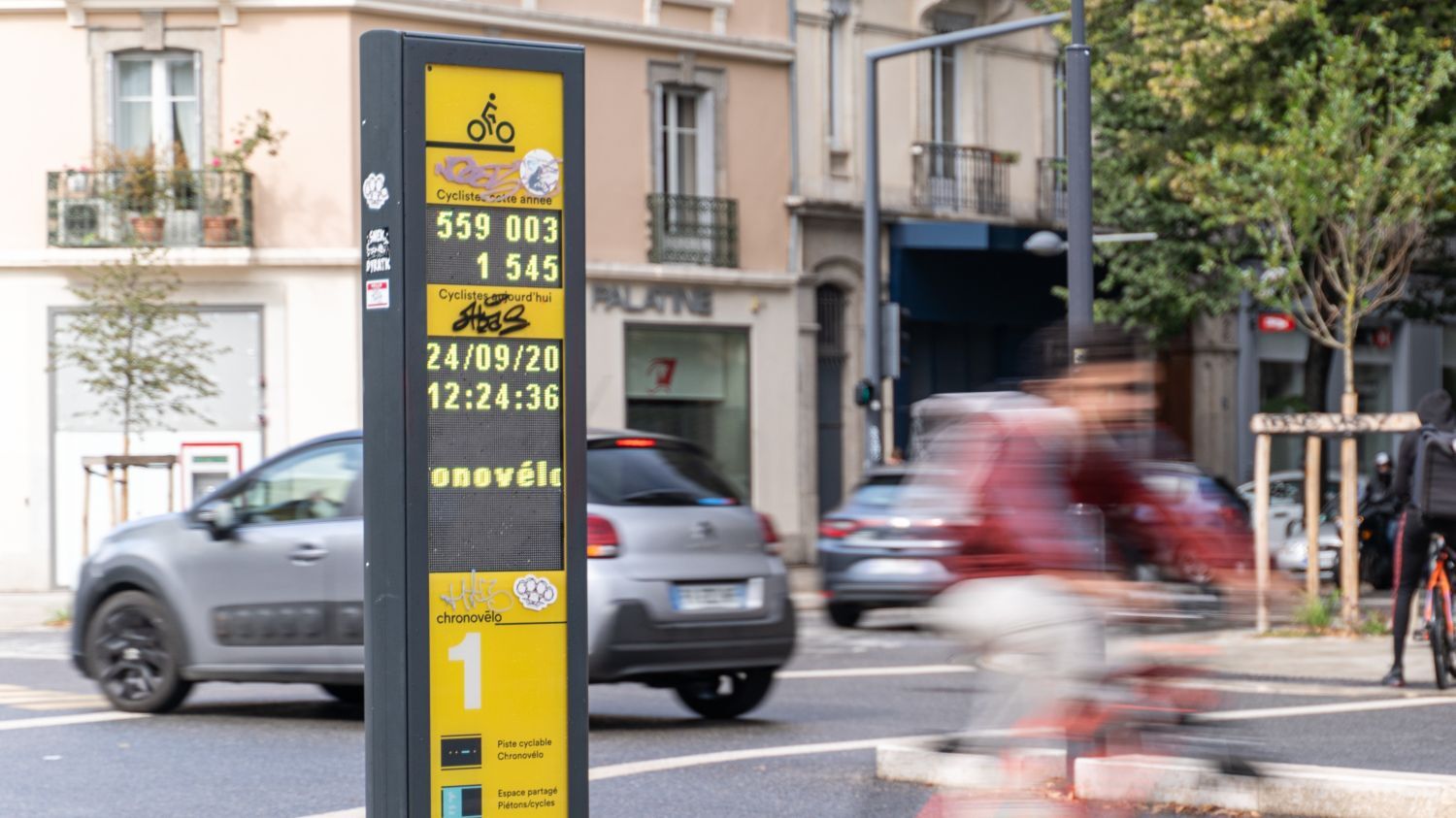
Published on Aug 8, 2025
Cologne Achieves Historic Bicycle Win
Cologne is experiencing a real cycling boom in 2025. Each year, the city on the Rhine records more cyclists than ever before. 2025 marks an impressive turning point: for the first time since traffic ...








